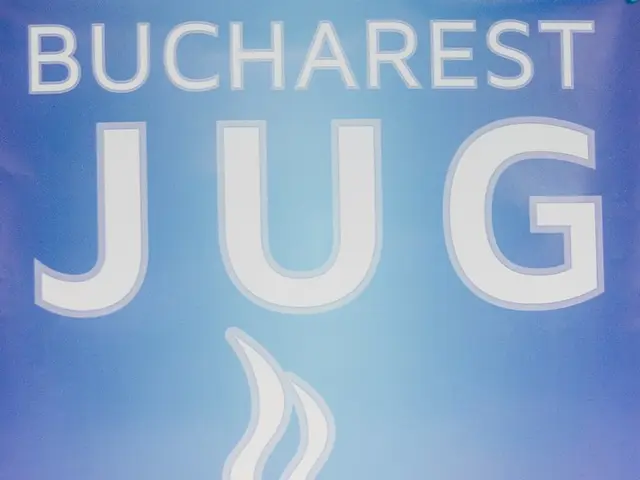The Mystery of Tickling: A 2000-Year-Old Puzzle Solved?
Mysteries Surrounding the Phenomenon of Tickling Persist
Despite centuries of intrigue, the scientific community remains baffled by one of life's most basic yet elusive sensations: tickling. Known as gargalesis, this common sensation continues to evade our understanding, with researchers still grappling with its underlying mechanisms and evolutionary purpose.
A tickle, a familiar sensation to many, has been difficult to research due to its complex nature. It is a sensation that encompasses motor, social, neurological, developmental, and evolutionary aspects, as explained by neuroscientist and author of a new study, Konstantina Kilteni. Understanding the brain's intricate response to ticklish stimuli could offer valuable insights into neuroscience, particularly the bond between parents and children.
One area of specific interest is the difference in ticklish perceptions between individuals with autism spectrum disorder and those without. Research into this aspect may provide unprecedented understanding into neurological differences between the two groups.
The enigma of tickling has puzzled thinkers since ancient times, with philosophers like Socrates, Aristotle, and later figures such as Francis Bacon, René Descartes, and Charles Darwin contemplating various aspects of the sensation and its underlying processes.
The inability to tickle oneself is another intriguing aspect of tickling, with Kilteni explaining that our brain distinguishes ourselves from others, effectively "switching off" the tickling reflex when we attempt to tickle ourselves. Despite this understanding, the brain's response to external tickling remains elusive.
One of the reasons for this continued uncertainty is the lack of a standardized definition within the scientific community. While hard tickling (gargalesis) provokes involuntary reactions like laughter and squirming, it is significantly understudied compared to the more commonly researched light touch (knismesis).
In order to overcome these challenges, Kilteni has developed a specialized tickling lab, complete with a custom-designed chair featuring foot holes and a mechanical stick for consistent and controlled tickling stimuli. This experimental setup allows for detailed measurements of brain activity, physiological responses, and behavioral reactions during tickling, moving the study of tickling from the realm of curiosity to a serious scientific endeavor.
The paper detailing Kilteni's research is published in Science Advances, marking another step forward in the quest to understand this peculiar and perplexing phenomenon. As research progresses, the hopes are that the secrets of tickling's mechanisms, evolutionary role, and effect on social behavior will finally unravel, offering a deeper understanding of ourselves and the world.
- Konstantina Kilteni, a neuroscientist and author, believes that understanding the brain's intricate response to ticklish stimuli could offer insights into neuroscience, particularly the bond between parents and children.
- Research into the difference in ticklish perceptions between individuals with autism spectrum disorder and those without may provide unprecedented understanding into neurological differences between the two groups.
- The inability to tickle oneself, an intriguing aspect of tickling, is due to our brain distinguishing ourselves from others and effectively "switching off" the tickling reflex when we attempt to tickle ourselves.
- Despite centuries of intrigue, the scientific community remains baffled by the mysteries surrounding the phenomenon of tickling, with a lack of a standardized definition within the scientific community being one of the reasons for this continued uncertainty.
- To overcome these challenges, Kilteni has developed a specialized tickling lab, equipped with a custom-designed chair, to study tickling more seriously and potentially unravel the secrets of tickling's mechanisms, evolutionary role, and effect on social behavior.
- Kilteni's research paper, detailing the examination of tickling, has been published in Science Advances, marking another step forward in the quest to understand this peculiar and perplexing phenomenon, and offering a deeper understanding of ourselves and the world.








